Mindfulness Meditation Techniques for Self-Improvement
Chosen theme: Mindfulness Meditation Techniques for Self-Improvement. Explore practical, compassionate ways to strengthen attention, steady emotions, and grow a kinder relationship with yourself—one mindful breath, one day, one meaningful habit at a time. Subscribe for weekly prompts, guided audios, and community reflections to support your steady, human, real-world progress.
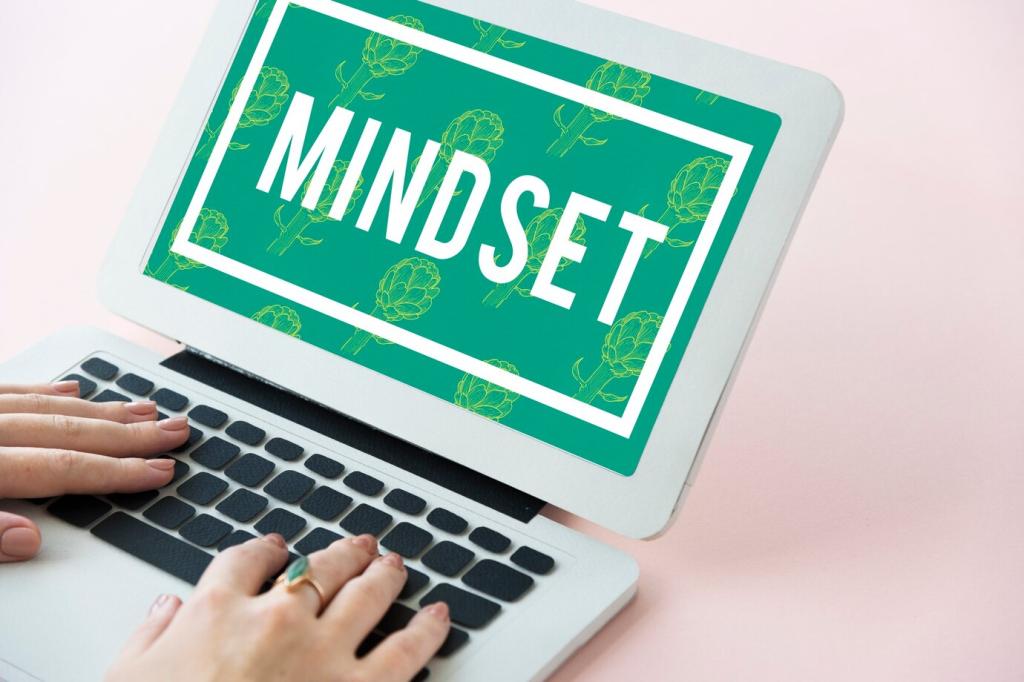
Start with the Essentials
Sit comfortably, feel the breath at the nostrils, chest, or belly, and let attention rest there. When the mind wanders, notice it kindly and return to breathing. This patient return builds focus like a muscle. Share your experience below: where in the body does the breath feel clearest today?
Move attention slowly from toes to crown, noticing sensations—warmth, pressure, tingling—without fixing or judging anything. If discomfort appears, soften around it and allow it to be. Over time, this practice can reduce reactivity and heighten interoceptive awareness. Try a five-minute scan tonight and tell us what surprised you.
Label thoughts briefly—planning, remembering, worrying—then release and return to the breath. Imagine clouds moving across open sky. This shifts identity from the content of thinking to clear, observing awareness. A reader once shared that naming worries loosened their grip. What labels help you stay gentle yet alert?
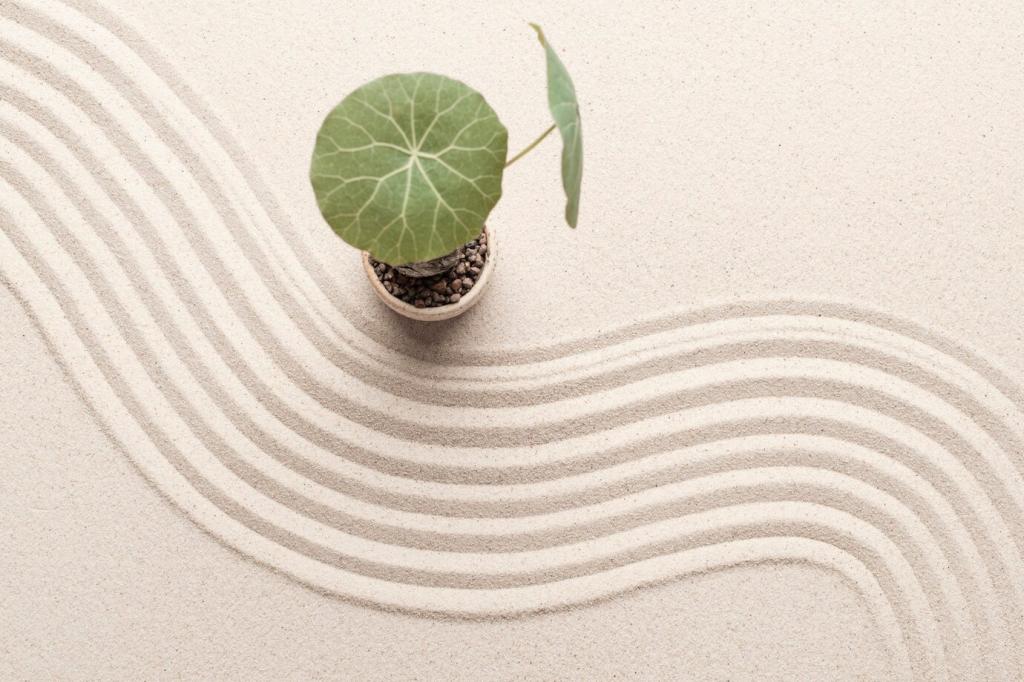
Design Your Daily Practice
Pick a time you can protect—upon waking or just before bed—and keep it small at first. Two to five minutes is enough to begin. Light a candle, sip warm tea, or play a soft bell to signal practice time. Comment with your preferred window, and we’ll help tailor it.
Design Your Daily Practice
Use thirty-second pauses between tasks: feel three breaths before calls, relax shoulders after emails, soften the jaw before driving. Tiny practices recalibrate attention and keep stress from snowballing. If you try this today, report one moment that shifted your mood. Small hinges swing big doors over time.
Design Your Daily Practice
Anchor mindfulness to existing routines: after brushing teeth, sit for two minutes; before lunch, take ten mindful breaths; after work, do a short body scan. Visual cues help—place your cushion where you’ll see it. Share your favorite stack so others can borrow it for their routines.
Sharper Focus, Better Work
Set a timer for five minutes and place all attention on a single object—breath, ambient sound, or the feeling of the hands. When attention slips, return kindly and immediately. This repetition strengthens cognitive control. Tell us which object held your focus best and why it felt supportive.
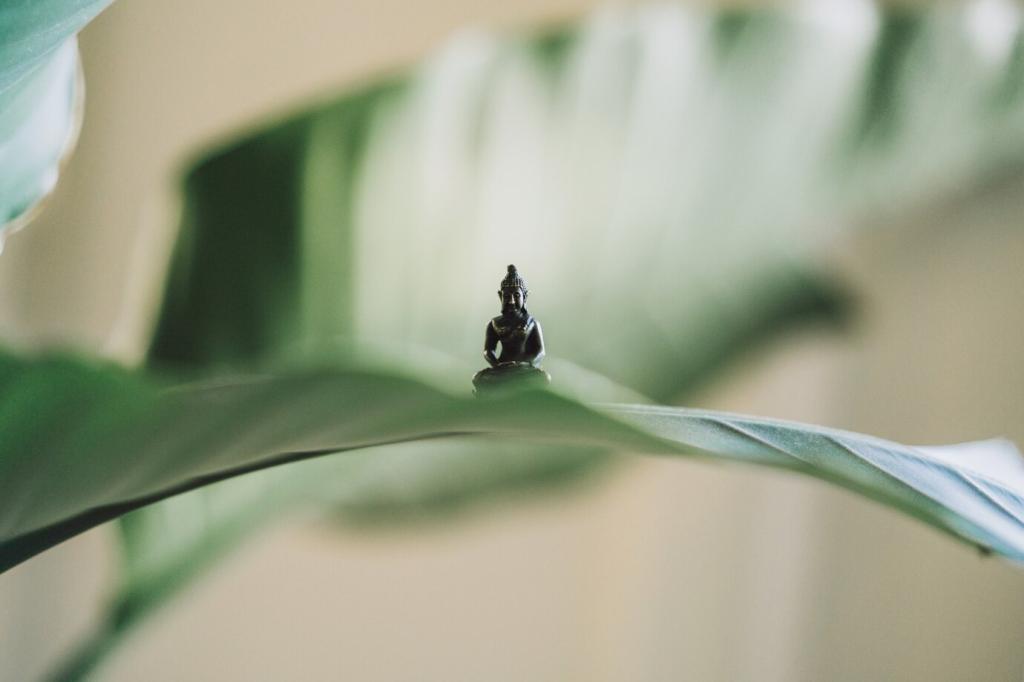
Sharper Focus, Better Work
Every forty-five to sixty minutes, step away. Look at something far, stretch, and take six slow exhalations. Resist scrolling; let the nervous system downshift naturally. People often find creative solutions right after such breaks. Try one reset today and share whether your next task felt lighter.
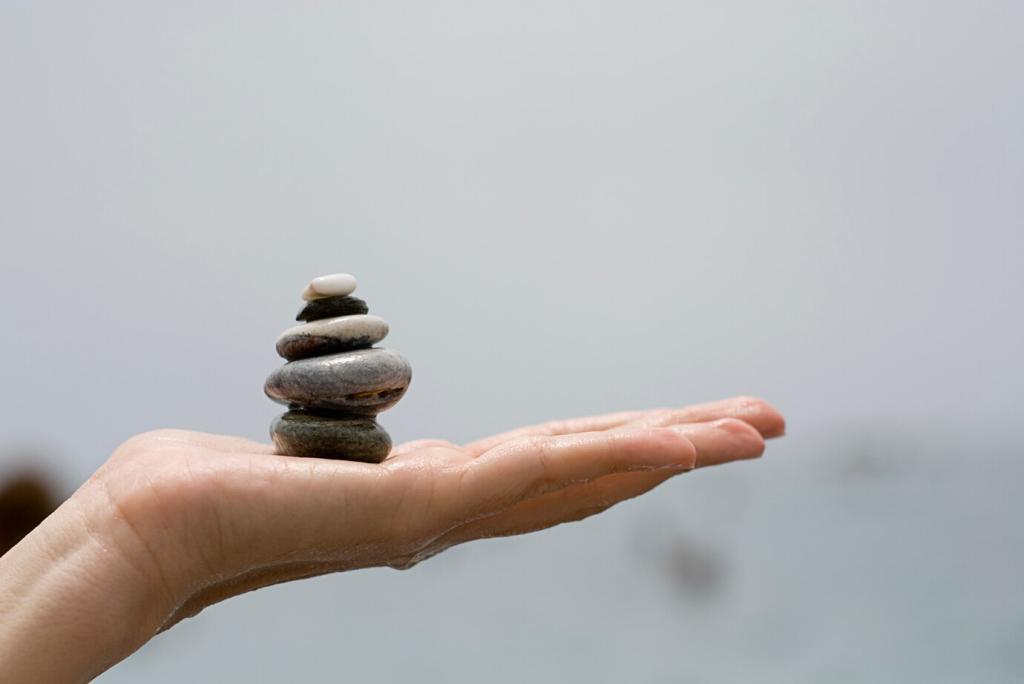
Emotional Resilience and Self-Compassion
Practice RAIN: Recognize the emotion, Allow it to be, Investigate with curiosity, and Nurture with kindness. Sit with the felt sense rather than the story. Many readers report relief when they simply whisper, “This is hard, and I’m here.” Try RAIN tonight and share what you discovered.
Mindfulness in Motion
Walk a quiet path, sensing heel, sole, and toe with each step. Keep eyes soft and breath easy. When thoughts surge, return to the rhythm of steps. Even five mindful minutes can reset your day. Share your favorite route so our community can map mindful paths together.
Mindfulness in Motion
Link gentle postures with steady breathing, prioritizing presence over performance. Notice edges without forcing and soften jaw, brow, and shoulders. This builds embodied awareness and respect for limits, keys to sustainable growth. What pose or stretch helps you feel most grounded? Leave a note for fellow readers.
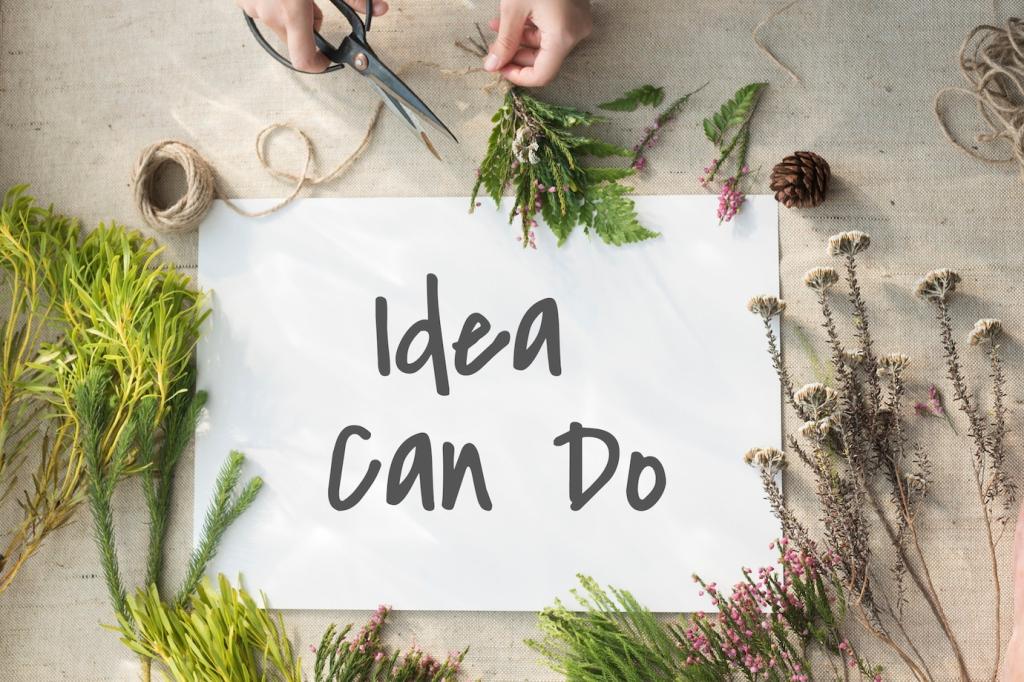

Track Progress and Stay Inspired
Journals, Check-ins, and Tiny Metrics
After each session, jot one feeling, one insight, and one intention. Track streaks, minutes, or simply “showed up.” Small data reveals big patterns without pressure. If you’d like a printable template, subscribe and comment “journal,” and we’ll send a simple, field-tested page to get started.
Plateaus: What They Mean and How to Move
Stalls often signal integration, not failure. Shorten sessions, switch objects, or try a guided practice to refresh curiosity. Talk with peers; perspective helps normalize dips. What small adjustment will you test this week? Declare it below and return in seven days to share the outcome.
Community, Mentors, and Accountability
Practice grows in good company. Join a group sit, find a mentor, or buddy up with a friend for text check-ins. Gentle accountability makes habits stick. Tell us where you’re practicing from and we’ll connect you with readers nearby who share similar intentions and schedules.
